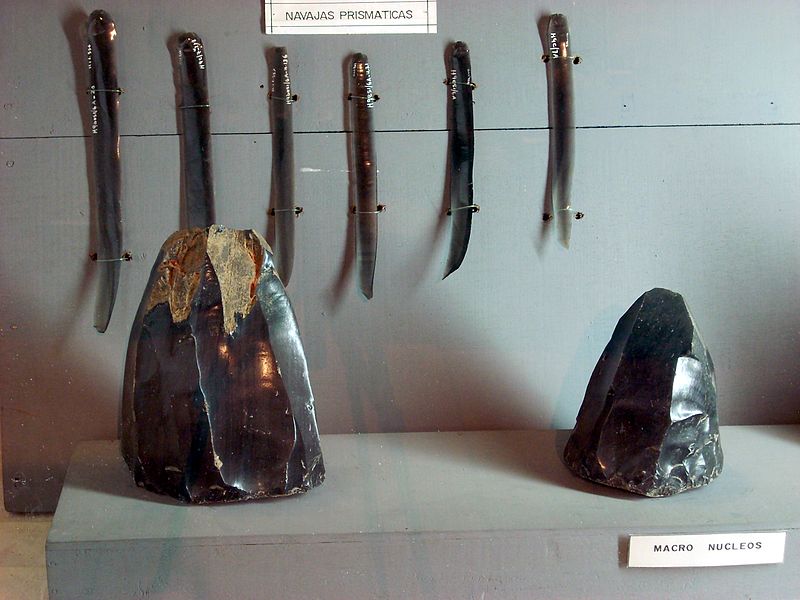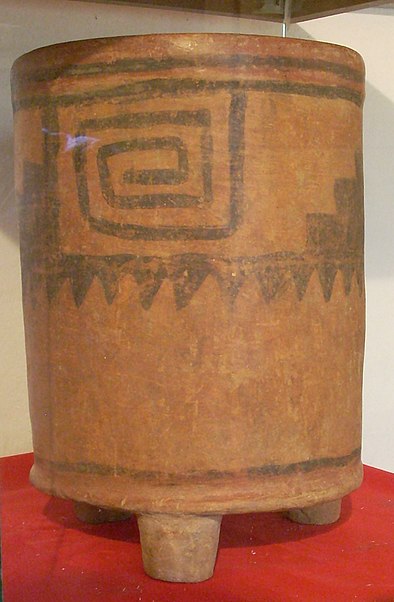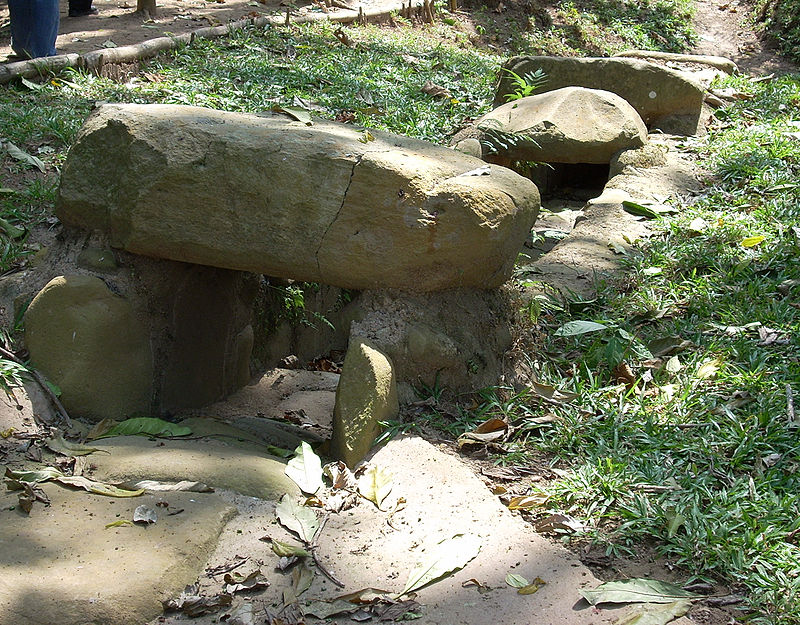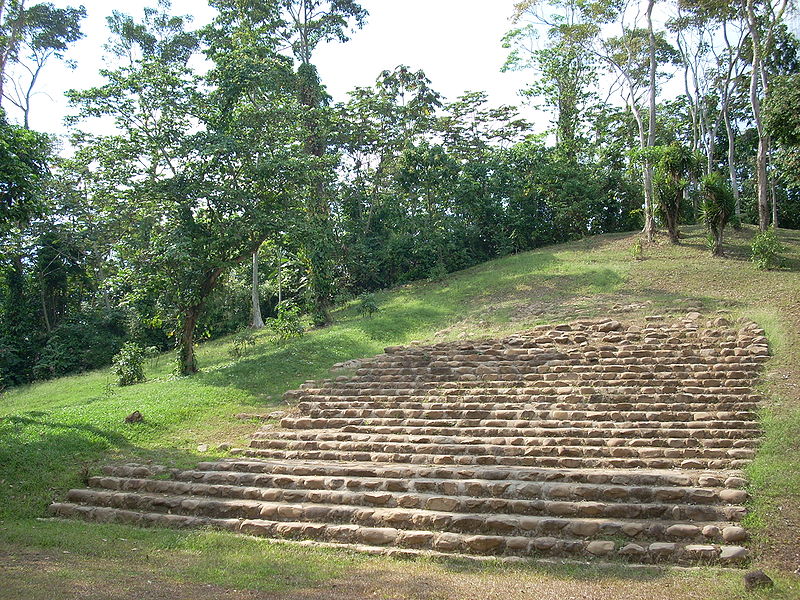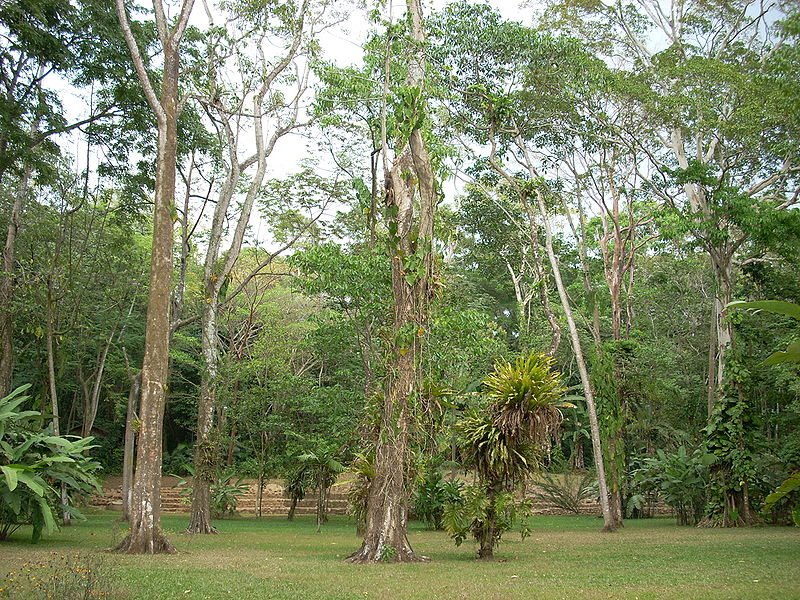Takalik Abaj
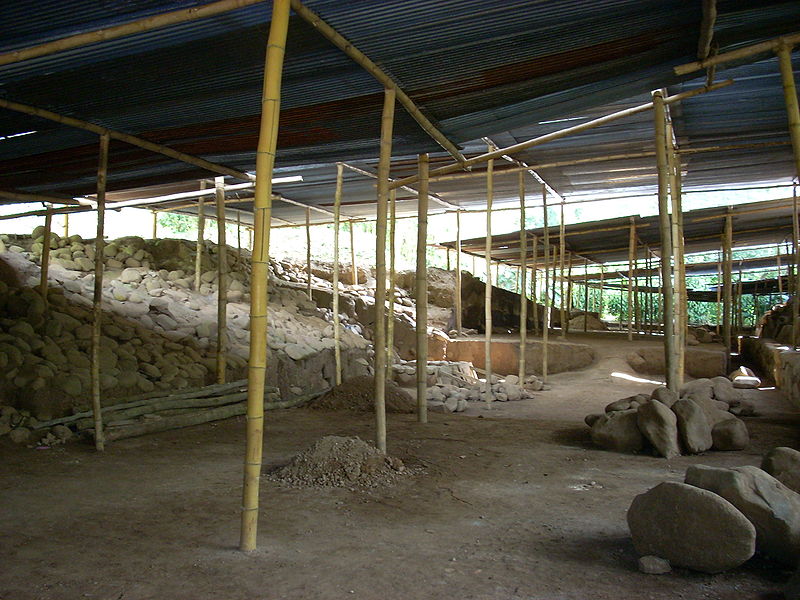
Facts and practical information
Takalik Abaj is a pre-Columbian archaeological site in the department of Retalhuleu in southwestern Guatemala. Nestled in the lush, rolling foothills of the Sierra Madre de Chiapas, this ancient site offers a glimpse into the complex cultural interchange between the Olmec and Maya civilizations. The site spans an impressive period of time, from the early Preclassic (1000 BC) to the Postclassic period (AD 900–1200), showcasing a blend of architectural and sculptural styles that is rare in the region.
The name "Takalik Abaj" translates to "Standing Stone" in the local K'iche' Maya language, a reference to the site's wealth of sculpted monuments, including altars, stelae, and zoomorphic figures. These stone sculptures provide invaluable insights into the early development of Maya writing and calendar systems, as well as the religious and political dynamics of the period.
Takalik Abaj is particularly renowned for its extensive collection of Olmec-style boulders and stelae, some of which exhibit the earliest known examples of Maya hieroglyphic writing. The site's strategic location along a network of trade routes facilitated the exchange of ideas and goods, making it a melting pot of Mesoamerican cultures.
Excavations at Takalik Abaj have revealed a series of terraces and plazas, which are evidence of sophisticated engineering and urban planning. Among the most significant discoveries is a royal tomb, which contained jade artifacts, pottery, and a unique set of nine life-size ceramic sculptures. These findings suggest that Takalik Abaj was a powerful political and economic center.


